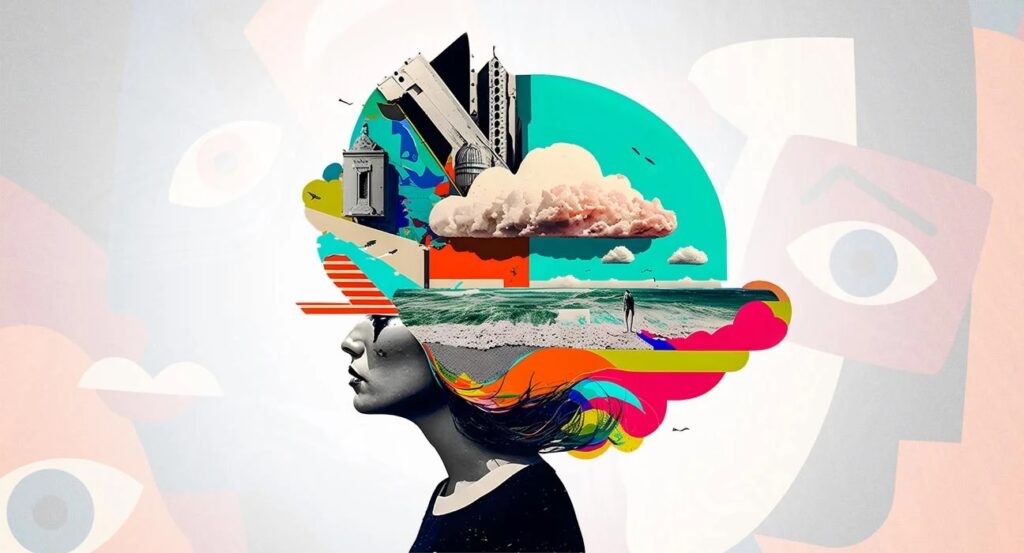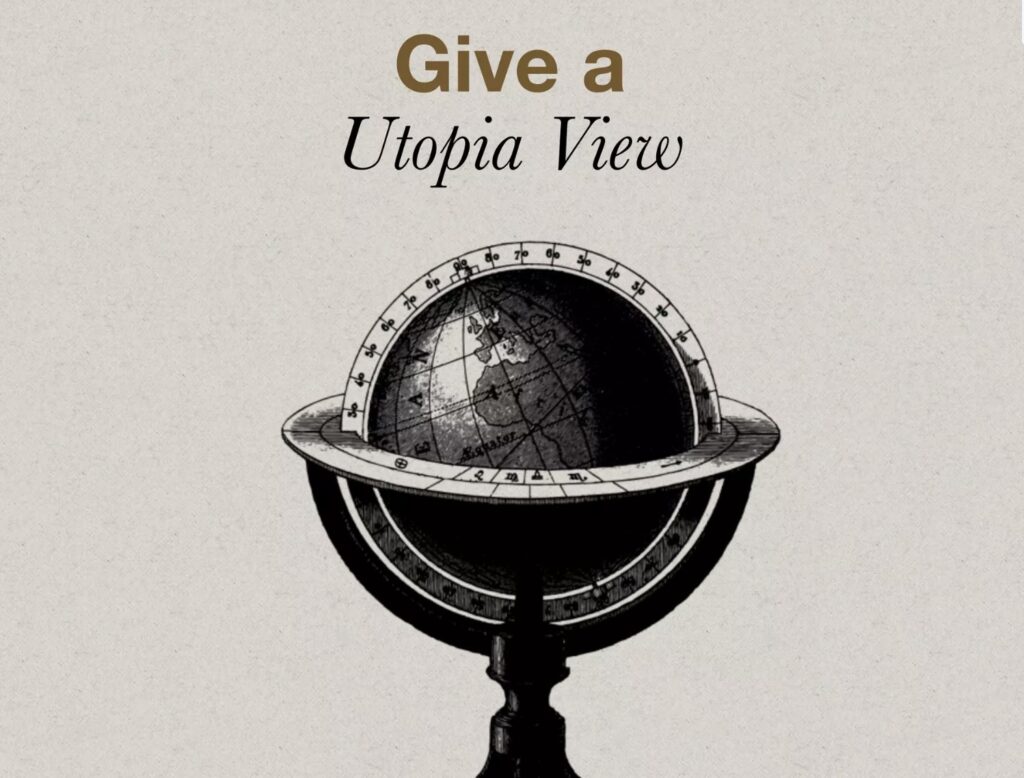
- October 14, 2024
- Aesthetics, Creativity, Education, Ethics, Higher Education, Humanities, Philosophy, Psychology, Sciences
Aesthetic education stimulates the development of fantasy or imagination, which is the basis of all artistic or scientific creativity. It also fosters the development of an overall view and the anticipation of an outcome, the use of logic, and the various forms of human communication.
Science and art, as dimensions of creative thought, are not separate entities but interconnected and universal. They develop to their full potential in freedom. Science stimulates the cognitive processes of the individual, while art evokes emotions. However, these cognitive and affective elements coexist and complement each other. Through science, we can experience aesthetic enjoyment, and with art, we can develop knowledge unfettered. As a scientist, I find it essential for my research to combine a multidisciplinary approach that acknowledges the interrelation between scientific knowledge, ethics, and aesthetics. This approach allows us to dream of achieving facts to combine utopia with reality. It’s a balance where neither can be at the expense of the other, and it’s a concept that can inspire the future of education.
As Octavio Paz points out, let us remember that poets nearly always reach the truth before others do. Should we recall the integrated knowledge of the cultured Renaissance person, where no clear line could be drawn between where the artist ended and the scientist began? Leonardo da Vinci illustrates this admirably. The world of aesthetics has dominated the great human beings of science, and many have contributed enormously to that sphere of human activity. Cognitive, ethical, and aesthetic considerations are an essential part of symbolic thought, and they must be reflected in all their intensity in the university’s educational mission.

However, the aesthetic mission has been displaced, if not eliminated, from the position it ought to occupy in the university curriculum and other levels of education. It is wrongly regarded as an ornamental extra, both in teaching and in the scientific and technology creative process. To educate for the aesthetic sense is to educate for sensitivity, imagination, global perception, gestalt thinking, compassion, a sense of harmony and beauty, and an understanding of the diversity of modes, forms, and cultures that distinguish humanity throughout the universe.
Aesthetics, as an element incorporated into and transmitted through every branch of university learning, also contributes to the struggle against indifference, lack of solidarity, and intolerance and is an excellent learning strategy to contribute to the right balance between reason and feeling, between the social and the intimate, order and chaos, and the real and the imaginary world. Philosophy provides notable examples of the link between aesthetics, creativity, and human well-being. In the literary and scholarly field, Aristotle, who said that fiction is of greater philosophical importance than history, formulated the essential principle of aesthetics. «History reflects things as they are, while fiction reflects them as they ought to be.» To some extent, fiction is a chance to develop a utopian view, a possibility to build a better future for humanity.

Aesthetic education stimulates the development of fantasy or imagination, which is the basis of all artistic or scientific creativity. It also fosters the development of an overall view and the anticipation of an outcome, the use of logic, and the various forms of human communication. We know from neuroscience that cognitive processes and love sentiments are housed in our brains, not our hearts. Therefore, it is the university’s responsibility to promote a policy of creativity in the arts and sciences, as well as in the humanities and technical studies.
This policy should stimulate the development of both areas of thought as an integral form of cognitive and affective growth of the individual. The university institution cannot be satisfied with a few units for artistic learning or a tiny shop window of cultural activities. Instead, it should actively promote the integration of the aesthetic and the scientific dimensions, fostering a creative environment where members of society can learn to harmonize with one another and develop their creative potential to the full.
©2024 Miguel Angel Escotet. All rights reserved. Permission to reprint with appropriate citing.